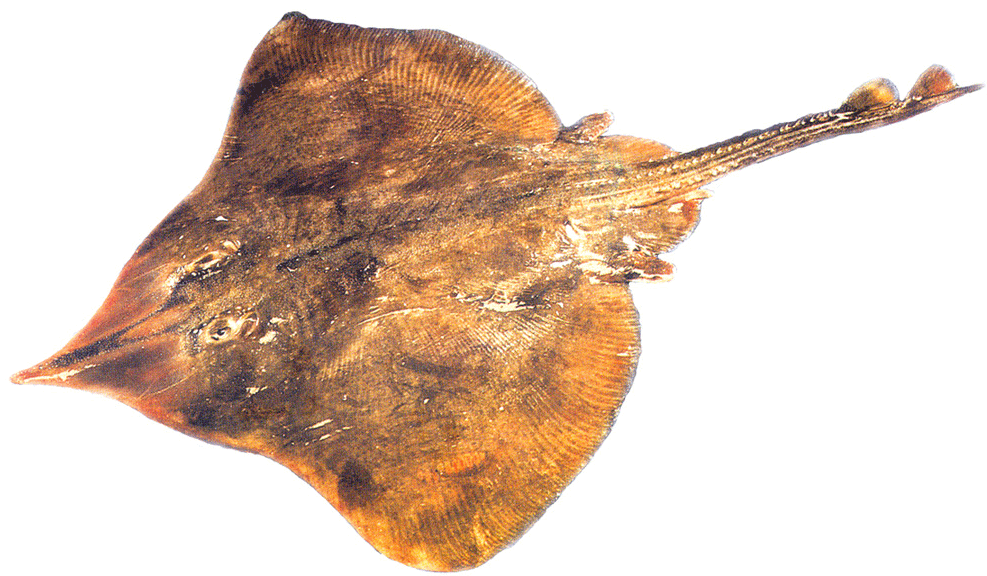|
|
|
||||||
|
Bottom dwelling skate are found worldwide in temperate and cold water, and in tropical waters. Like a shark the skate has no skeletal system of bones but one of cartilage. also like sharks the skate stores it urea in its tissue which means that careful handling at the time of harvest is a must. Skate have a mild flavor resembling scallops. In fact skates have been used to produce counterfeit scallops in past years. When caught the skate's flesh is soft but within a few days under refrigeration it firms up. The meat of the wing has a unique muscle structure that resembles an open fan. Although skates are also known as rays, skates do not have a poisonous barb at the end of their tail like the authentic ray. East Coast rays are smaller but more plentiful than those landed on the West Coast with the Eastern ray's winged averaging 1 to 3 pounds and the wing of a West Coast Ray weighing up to 5 pounds per wing. The body is very thin but does have useful nuggets of flesh called "skate nobs". Most of the U.S. catch is shipped to Europe. It is said that the best quality skate are fresh and landed in the winter.
Make sure the skate has a fresh smell. if an odor of ammonia is detected avoid the product as this is the sign of bad handling procedures. |
|||||||
|
|
|||||||

 Skate
Rajaidae
Skate
Rajaidae